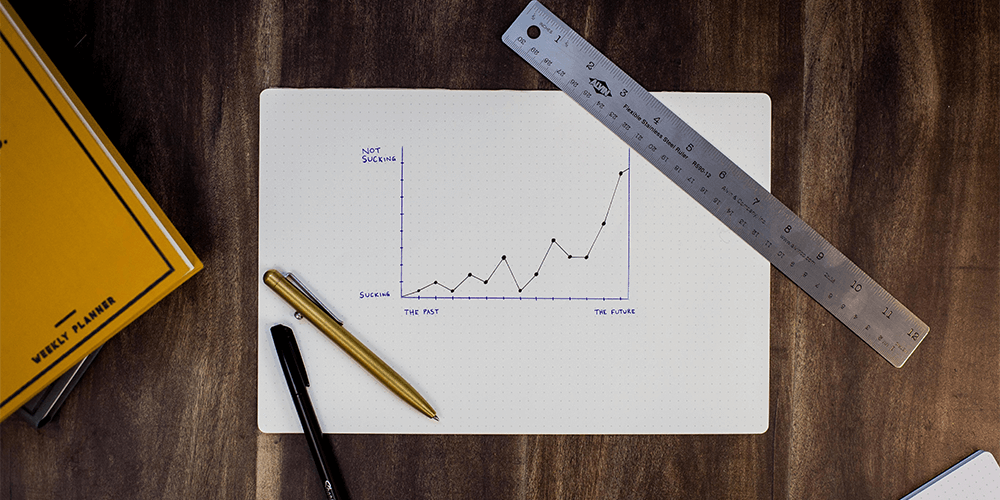
According to the U.S. Bureau of Labor Statistics, we’ll see 11.9 million jobs added to our nation’s workforce between 2020 and 2030. This comes from a report published in September of 2021, showing an optimistic outlook for recovery from the COVID recession.
One thing to keep in mind is that the report uses 2020 as its starting point. By their own measurements, the COVID recession hit from February to April of that year, meaning their projections are growth from recession, rather than growth from a normal year. Things would look a bit different if, say, 2019 were used as the foundational year rather than 2020.
Even so, these numbers are pretty hopeful, especially when you compare them with the projected population growth for the decade. Starting from 1970, which is when the report’s data begins, every decade saw a decline in both population growth and job growth. With fewer people entering the overall population, slower job growth is inevitable. With that said, this decade is projected to change that trend a bit. If projections hold true, this will be the first decade that we saw a decrease in population growth and an increase in job growth in the same decade. In simpler terms, job growth is projected to outpace population growth.
Which industries will see the biggest impact? The healthcare industry is anticipating the biggest growth, while hospitality and food service are also major movers.
It doesn’t take a genius-level economist to see how closely this is related to the COVID recession. The healthcare industry has been a vital component in dealing with the fallout from the pandemic, and it’s undeniable that the food service industry took a massive hit during COVID-19. The BLS data matches what our “gut feeling” projections would have looked like, is what we’re getting at.
If you want to take a closer look at the data (which we always recommend), you can read the full report at the U.S. Bureau of Labor Statistics website.

